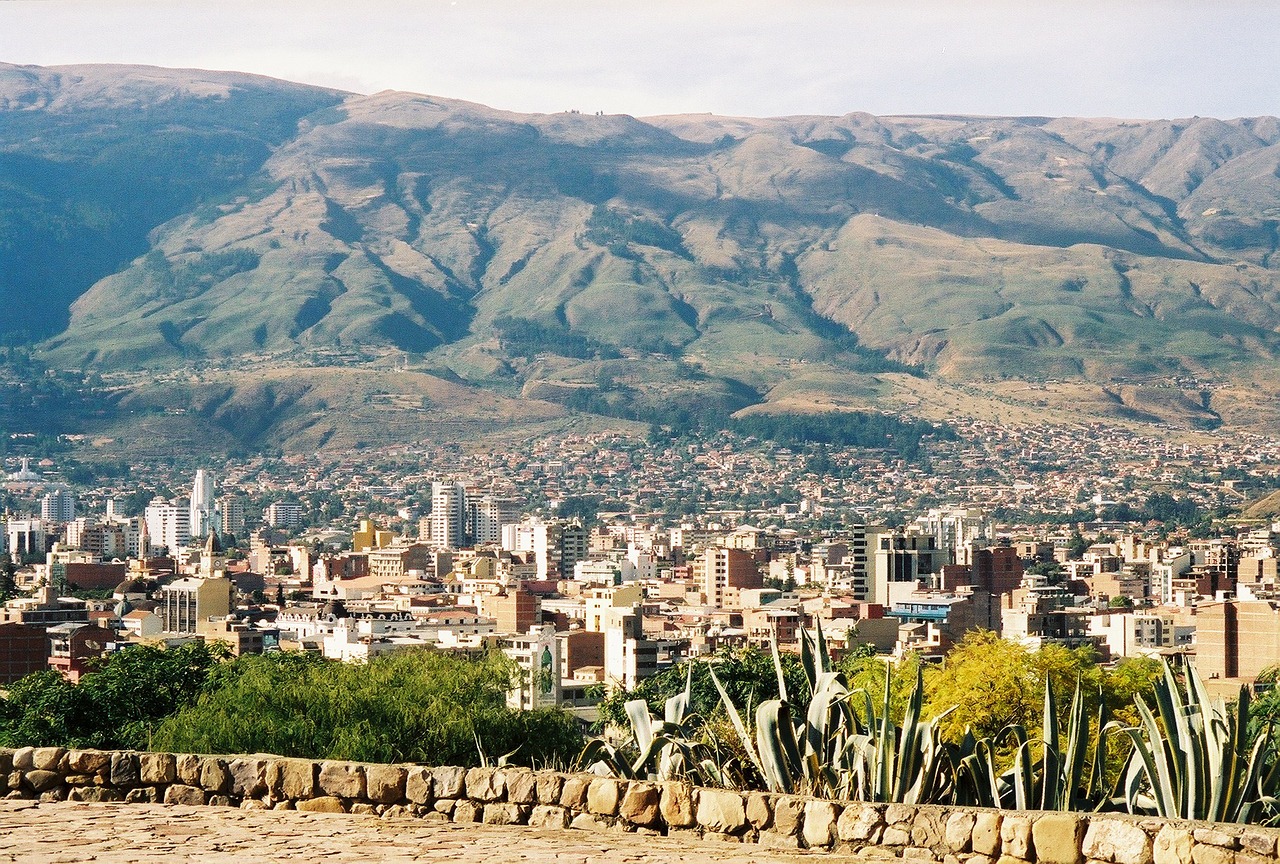Historical Cities in Bolivia: Bolivia has the world’s biggest salt flats and South America’s largest lake, both of which are part of the country’s magnificent environment. As a result, it has access to both the Amazon and the Andes mountain range. Bolivia is less well-known than its neighbors, which means there are fewer glitzy hotels, which also means the country has a more authentic culture. From ancient and historical buildings to religious and aesthetic riches, these are some of our favorite spots. Enjoy!
Historical Cities in Bolivia – Casa Nacional de la Moneda (National Mint)
The Casa de la Moneda occupies a whole city block and is a massive, opulent structure. Many experts consider it to be the most significant piece of South American colonial architecture. Beginning in 1750, development on this structure lasted for four years until being completed in 1773.
In addition to being the world’s highest city, Potos is also a UNESCO World Heritage Site because of its abundance of Spanish colonial architecture. In 1574, the National Mint started minting coins, although now it serves as a museum. It use to be that Potos was a major industrial complex owing to how much silver extract there was in the 16th century. The museum also has an excellent mineral collection and even some local artwork and the equipment needed to create the coins. It’s one of the top museums in Bolivia, thanks to its astounding range of exhibits.
The house’s most notable features are the lamination gear used to wedge coins. The main silver foundry furnace, and the collection of money-coining dies. There is a charming detail at the entryway: a smiling polychrome mask that was put there at the start of the War of Independence to disguise a royal plaque.
Jesuit Missions, Santa Cruz – Historical Cities in Bolivia
Chiquitos was home to several different indigenous jungle tribes before the arrival of the Spanish conquistadors. The “Compania de Jesus” sent missionaries to convert these people (Company of Jesus). It built various Spanish settlements in the bush shortly after that. Between 1691 and 1767, several Jesuit missions establish in the Chiquitos region of Ecuador.
Because the Jesuit missions are still in place, they continue to astound people throughout the globe. Currently, they regard as priceless historical artifacts from the period of the Roman Empire. Baroque architecture dominates the churches, although Bolivian half-breed décor can see in several of them. Murals, golden altars, a series of gold-painted wooden sculptures, pulpits, sets of drawers, and majestic columns adorn the interiors of the churches.

It may find this tourist spot in the eastern lowlands of Santa Cruz, approximately a six-hour drive from the city. The Jesuits colonized this country, who came with plans to create a “City of God” on Earth and convert the locals.
La Paz City
When it was created la Paz in 1548, it knows as La Ciudad de Nuestra Senora de La Paz (the City of Our Lady of the Mountain) (The City of Our Lady of Peace).
Sucre, Bolivia’s constitutional capital, is also home to the country’s Supreme Court. La Paz serves as the country’s administrative capital. La Paz is a city in Bolivia’s Andes region that found in 1542. While El Alto (where the airport sits) is at an elevation of 4058 meters (13,313 feet) above sea level. The lower residential areas are at an elevation of 3100 meters (10,170 feet).
Tiwanaku
Tiwanaku, also known as Tiahuanaco or Tiahuanacu in Spanish, is a significant Pre-Columbian archaeological site. Andean academics consider Tiwanaku one of the most significant antecedents of the Inca Empire. Thriving as a major state power’s ceremonial and administrative center for around 500 years. The ancient city state’s remains may find on Lake Titicaca’s southern, eastern bank, some 72 kilometers (44 miles) west of La Paz.
This massive city in Bolivia’s mountains contains the ruins of a Pre-Incan civilization. Tiwanaku is at an elevation of 13,000 feet above sea level and is one of 754 World Heritage Sites in Peru. To the west of the site lies Lake Titicaca. As a result of the large, solid slabs of a stone that is not native to the flat plateau. The site has earned the moniker “Stonehenge of the Americas.” The museum houses the vast majority of the fascinating artifacts created by the Tiwanakans. A 13,000-year-old skeleton unearth. This site has a certain mystique about it.
Also Read: Best City to Travel in Bolivia


I would love to visit these historical cities! Bolivia seems to me a little known and interesting place to visit